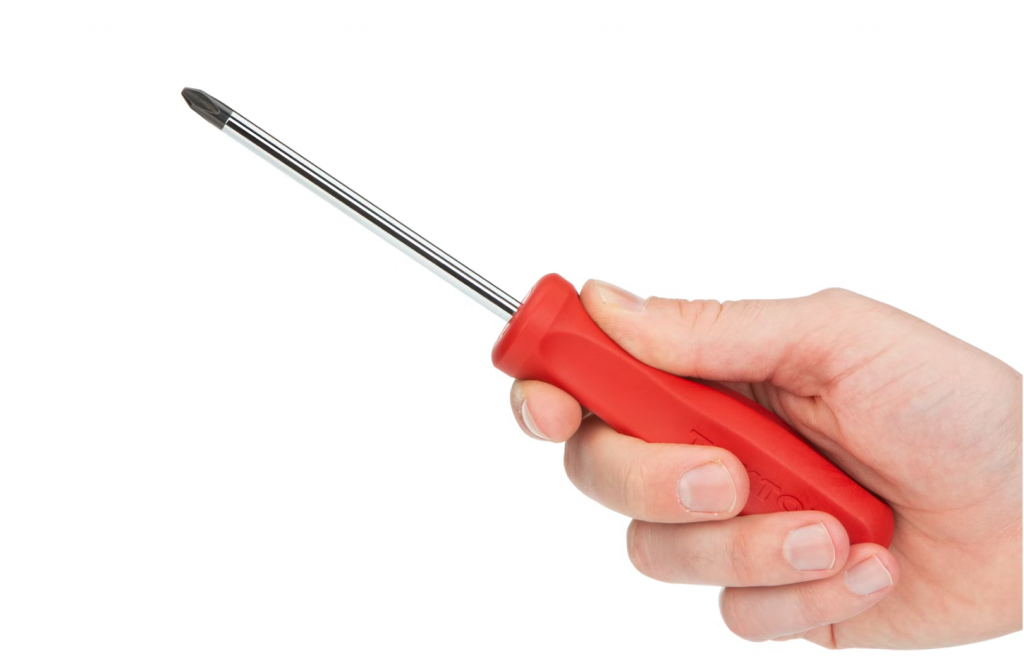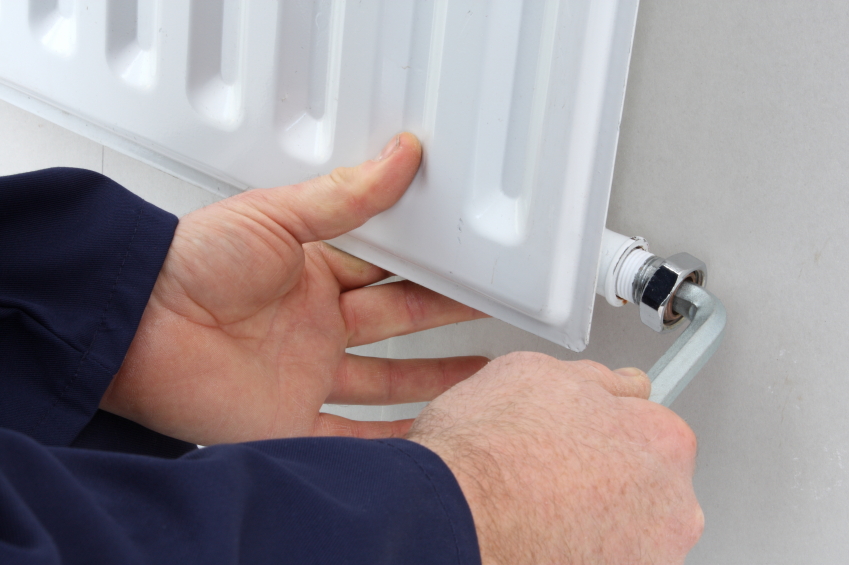- Bleed your radiators if you notice cold spots, using a radiator bleed key and a bucket to catch water.
- Balancing your radiator system ensures even heat distribution; consult a professional if unsure.
- Use an adjustable spanner or lockshield valve adjuster and a digital thermometer to adjust radiator valves for optimal heating. Repeat the process on all radiators for a fully heated home.
With cold winter nights upon us, keeping your radiators in top condition has never been more important. Improperly balanced radiators can significantly raise the price of your energy bill, which – with energy prices currently skyrocketing – could be a recipe for disaster.

With this in mind, the team at Around The Bend Plumbing has written this article detailing the process of balancing and bleeding your radiators, to keep them operating efficiently and help you lower your energy costs this winter.
Bleeding your radiator
If you’ve noticed that your radiator is cold at the top and warm at the bottom, this is a common sign that it needs bleeding.
Air can get trapped and prevent heat from flowing evenly around your radiator; bleeding your radiator releases this air and allows heat to circulate properly.
You will need a few tools to carry out this process: a bucket, a radiator bleed key and some old cloths. The method is as follows:
- Line underneath your radiator with old cloths and rags to soak up excess water as this can be a messy process.
- Turn your heating off and allow your radiators to cool to prevent any burns.
- Locate the radiator bleed valve. This is found at the top of the radiator on one of the sides – on most radiators, this looks like a round hole with a square inside it. However, the appearance may vary on newer radiators. Once found, place a bucket underneath it to catch the overflow of water.
- Loosen this valve using your radiator bleed key. This will hiss when done correctly and excess air and water will leak out. It is important to not turn the valve fully as water will rapidly flood out – a quarter turn should be enough.
- Retighten the valve once the hissing has stopped. Repeat this process on other radiators if needed.
- Turn your heating back on and enjoy!

Balancing your radiator
The first sign of an improperly balanced radiator system is varying temperatures throughout your home; this is particularly common in older radiator systems, where sludge and debris may cause blockages.
Balancing your system simply ensures that all boiler flow is evenly distributed throughout every radiator.
You can balance your radiators yourself, however this is a complex and lengthy process and you should always consult a plumbing professional if unsure.
You will require an adjustable spanner or lockshield valve adjuster and a digital thermometer. The process is as follows:
- You should bleed your radiators first (following the above method), to ensure a more accurate temperature reading.
- Turn off all the heating and allow the system to cool for at least two hours.
- Open up all radiator valves using your adjustable spanner or lockshield valve adjuster. These should be fully opened to the highest number on the dial; this is usually achieved by an anti-clockwise rotation.
- Turn the heating back on and identify the order that your radiators heat up in; this is important as this will be the order that you balance them in. Typically, the radiators closest to your boiler will rapidly heat up, whereas those further away will still be cold.
- Turn your heating back off and wait for all your radiators to cool down. This is to allow for a more exact temperature reading.
- Turn the heating back on again – we promise this is the final time!
- Go to the radiator which warmed up the fastest and turn the lockshield valve using an adjustable spanner or lockshield valve key. Do this until it’s completely closed. Then, open the valve by a quarter of a turn.
- Check the temperature using your digital thermometer. Record the temperature at the valve on one side and at the pipework on the other side of your radiator. Adjust the valve as necessary until the temperature difference between the two sides reads as 12°C.
- Repeat this process on the rest of your radiators and enjoy your fully-heated home!
If your radiators are still not heating properly following this, you should consult a plumbing professional as your system may need a power flush or a replacement pump.
Ensure your radiators are ready for winter with help from Around The Bend Plumbing. Our experienced engineers are on hand 24/7 to provide radiator repairs to homes across Hailsham, Hastings, Heathfield, Brighton, Hove, Eastbourne and beyond. Around the Bend Plumbing also offer a comprehensive range of plumbing services including, kitchen plumbing, bathroom plumbing, toilet & sink unblocking, radiator plumbing, plumbing repairs, fixing burst pipes and leaks & central heating services. We’re so confident in our services that all of our repair work comes with a three month guarantee.
To book your repair, contact our friendly team today.
